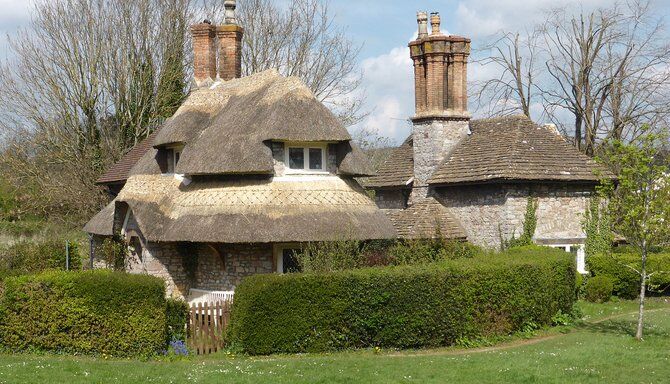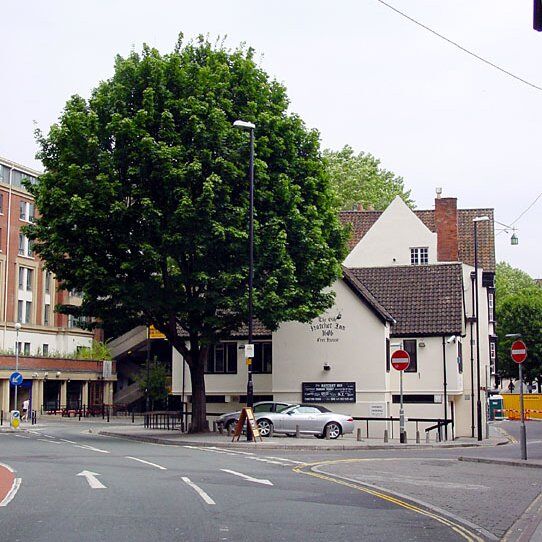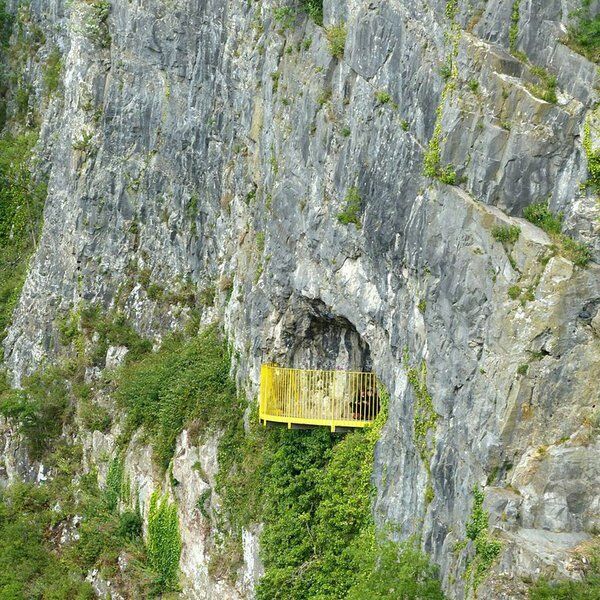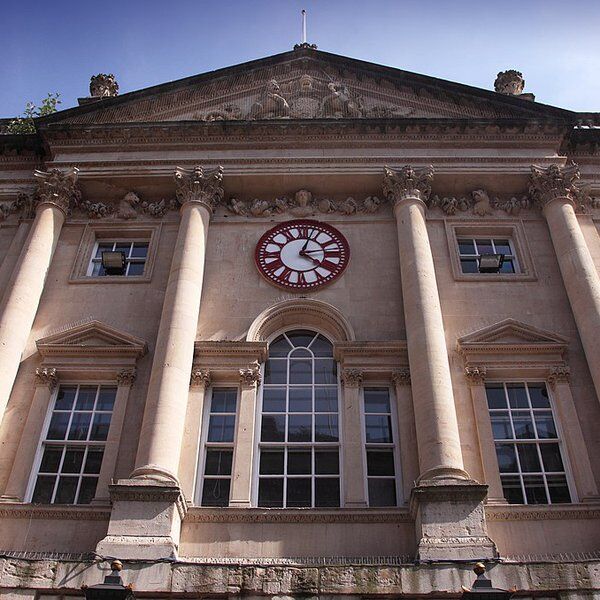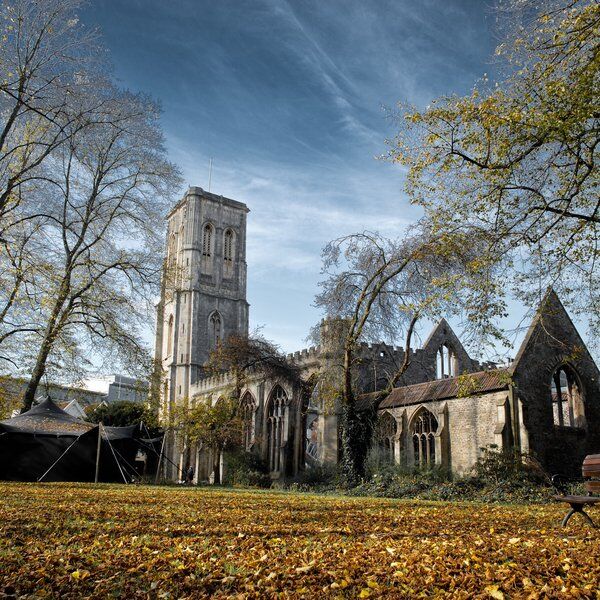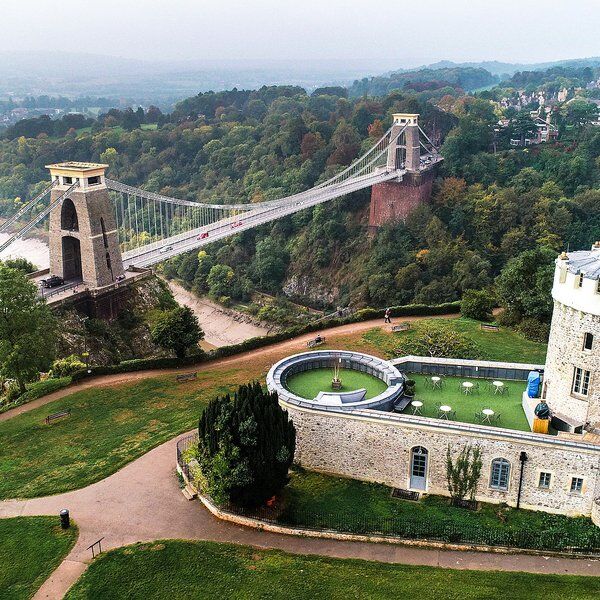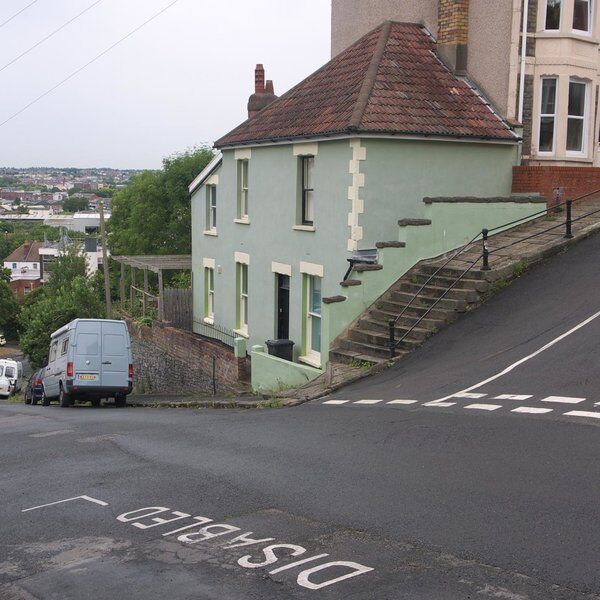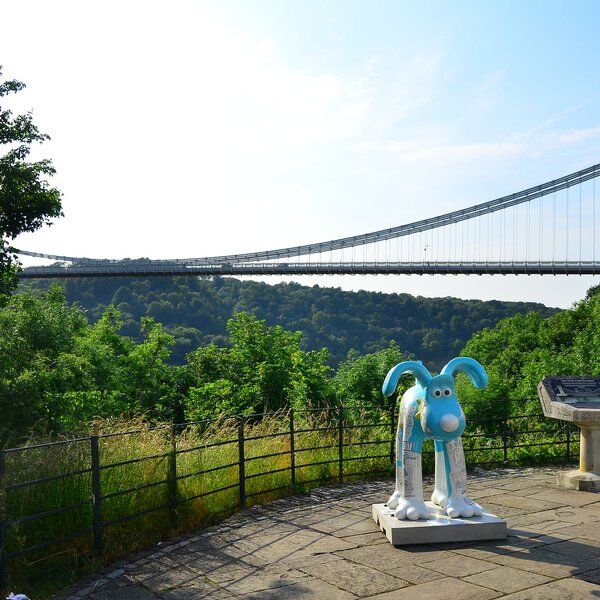In 1782, William Gilpin introduced the concept of the ‘Picturesque ideal’ into England's cultural vocabulary. Defined as being “in the manner of a picture” it encapsulates a variety of qualities that make a place beautiful and balanced from an artistic perspective.
This might seem an odd idea– isn't beauty subjective and what does 'balanced' even mean? We’ve all been places we think are beautiful, dramatic or inspiring. (Find some in our blog if you want ideas!) To say something fits the ‘picturesque ideal’ however is more nuanced.
A Little Art History
A ‘picturesque’ location is one that makes you feel like you're stepping into a landscape painting, specifically one without exaggeration or overwrought dramatisation. Often beautiful or pleasant to be in, picturesque locations are neither dramatic nor terrifying, nor simply ‘pretty’. The scenery just somehow “satisfies the mind”.
Paintings that represent the Picturesque Ideal don't contain fantastical additions; they reflect often simple and “true” pastoral and natural scenes where the landscape is the star of the show.
It's that “I wish I was there” feeling that lingers even when you’ve left a place, and the “I wish I was there” feeling that might come from looking at a picture of it.
During the C18th, leisure tourism started becoming popular across England. Those with the time and money to travel would seek out beautiful sites within the UK. They would travel for the pleasure of simply experiencing these places, or to enjoy sketching and painting. They were encouraged to examine “the face of a country by the rules of picturesque beauty”. The Lake District became popular thanks to the many places there that embodied the Ideal.
But what does this mean and how does it relate to Blaise Hamlet?
The Construction Of Blaise Hamlet
In 1811 Blaise Hamlet was built with the Picturesque Ideal in mind.
The estate on where it is found was at the time owned by John Scandrett Harford, a Quaker banker and philanthropist who wanted a place for his retired employees to live while also enhancing the beauty of his estate. He commissioned John Nash, a master of the picturesque style, to design the Hamlet. Humphry Repton, a leading landscape architect who later went into partnership with Nash was also invited to redesign the estate grounds. It was Repton who translated Nash’s designs into the Blaise Hamlet that can still be seen today.
Blaise Hamlet
The Hamlet is a pretty cluster of nine unique cottages around a village green in a configuration which was later copied by other designers. At the heart of the green is a sundial. Each individual building is Grade I listed while the full estate, including Harford’s Blaise Castle, is Grade II*.
All together the pretty thatched roofs, brick cottages and carefully sculpted landscape present a truly beautiful and grounded view that evokes the feeling of stepping into a painting.
Blaise Hamlet is owned by the National Trust. All but one of the cottages is occupied, with the ninth – Rose Cottage – being a holiday cottage that can be hired through the National Trust. For information on how and when to visit, check the National Trust website, and take a look at our other articles to see if you can spot which locations might fit the Picturesque Ideal!
Interested in finding more places like this? Try one of our Bristol Treasure Hunts - untangle cryptic clues as a team, as you are taken on a journey to the most unique, unusual and bizarre corners of England.
